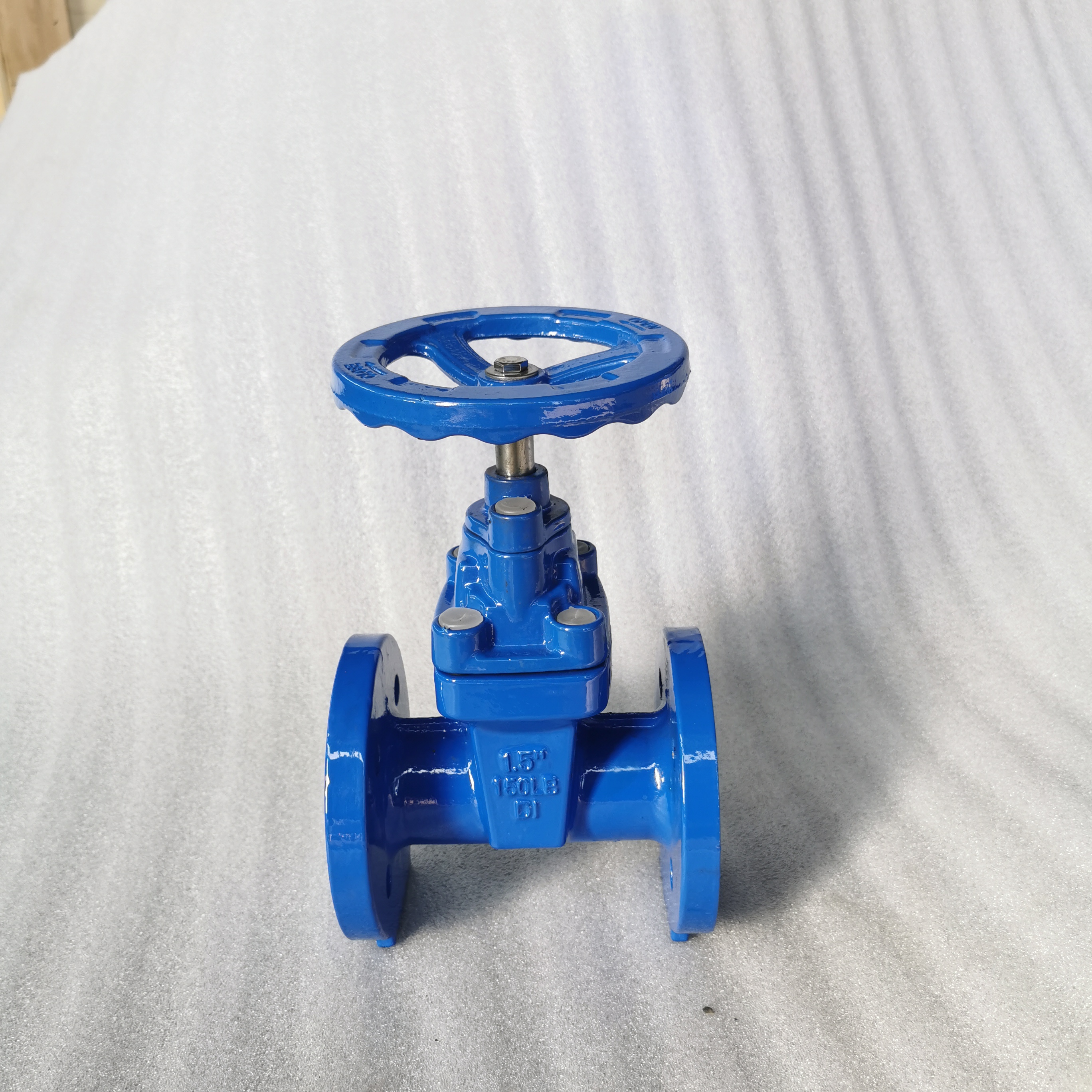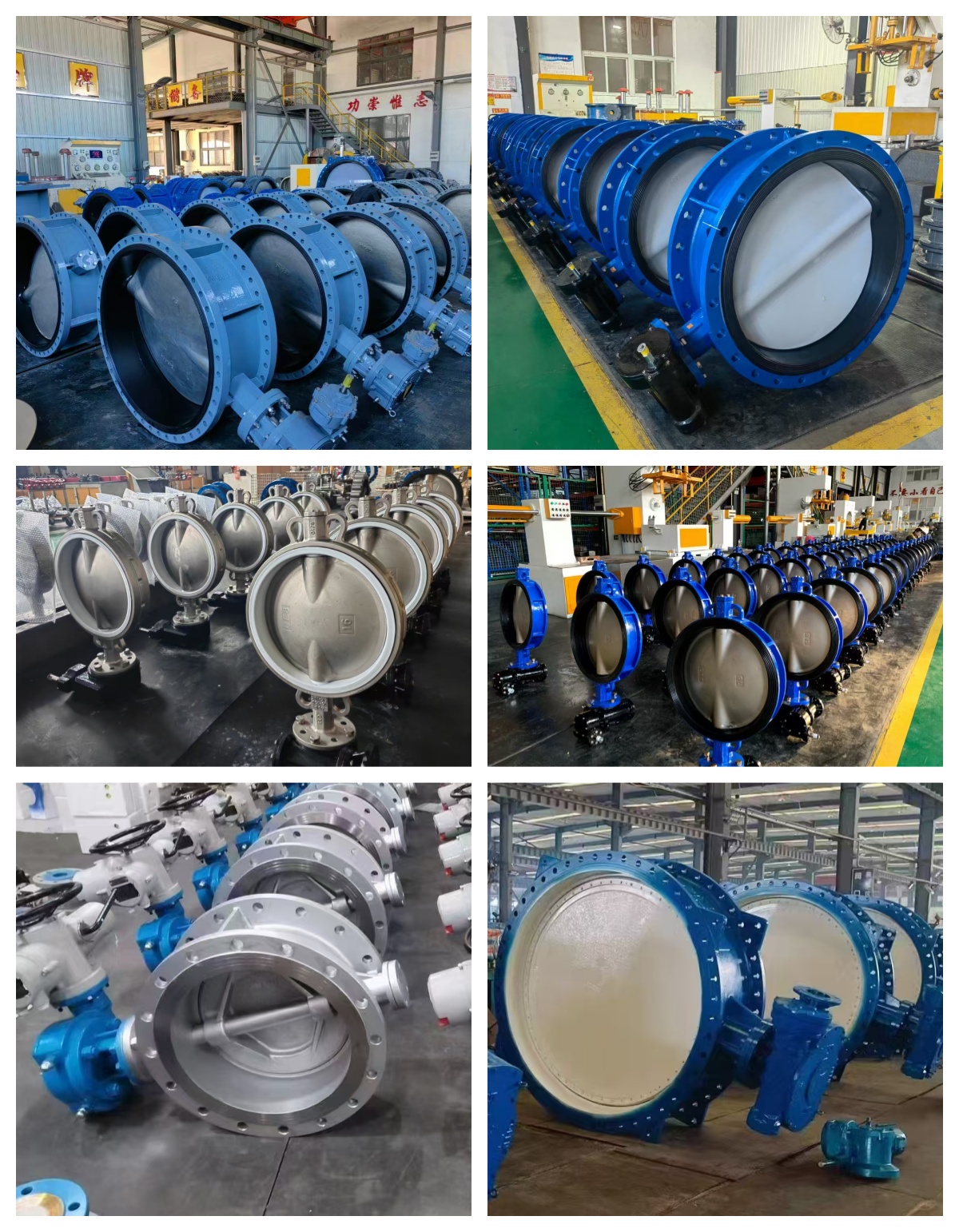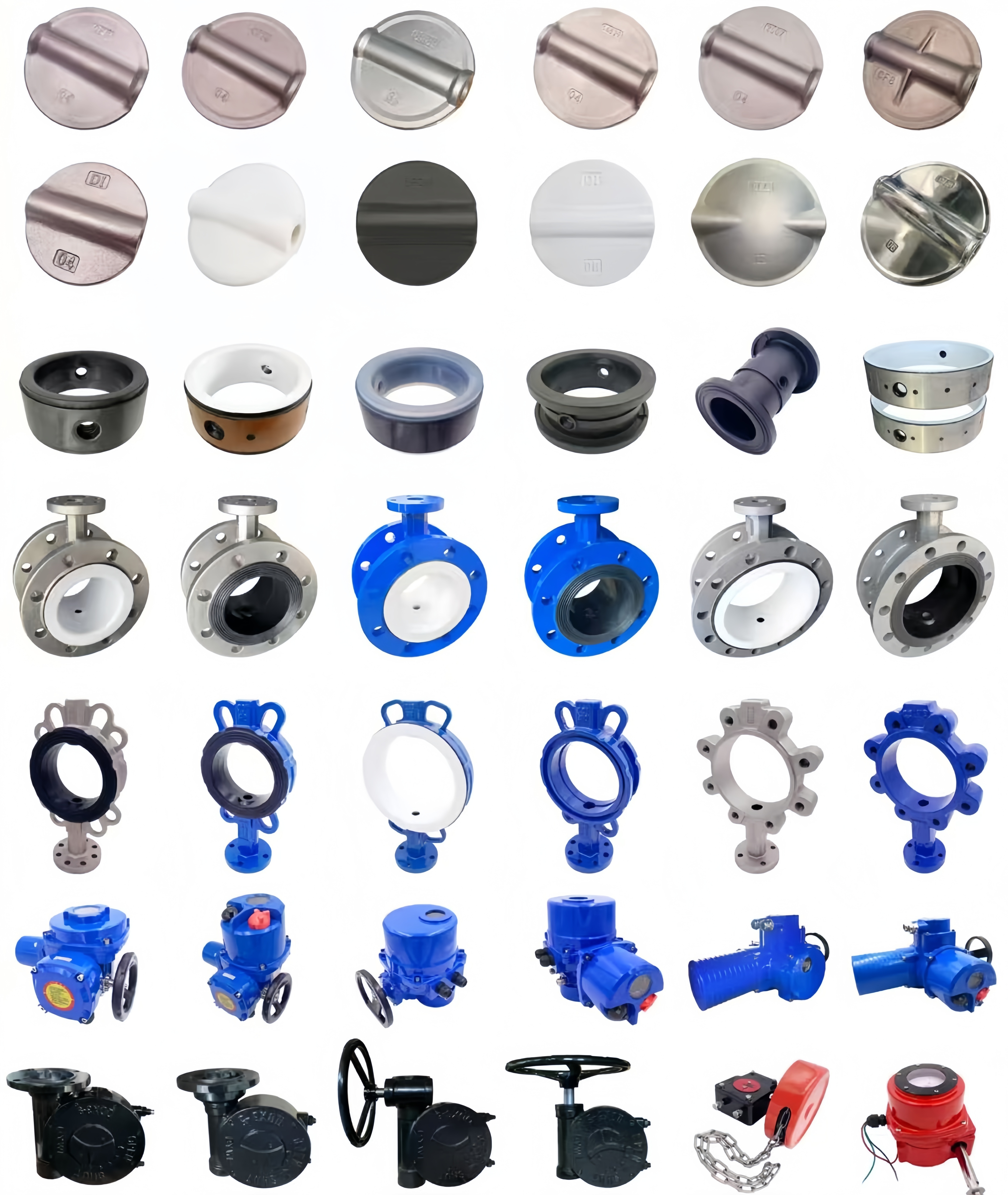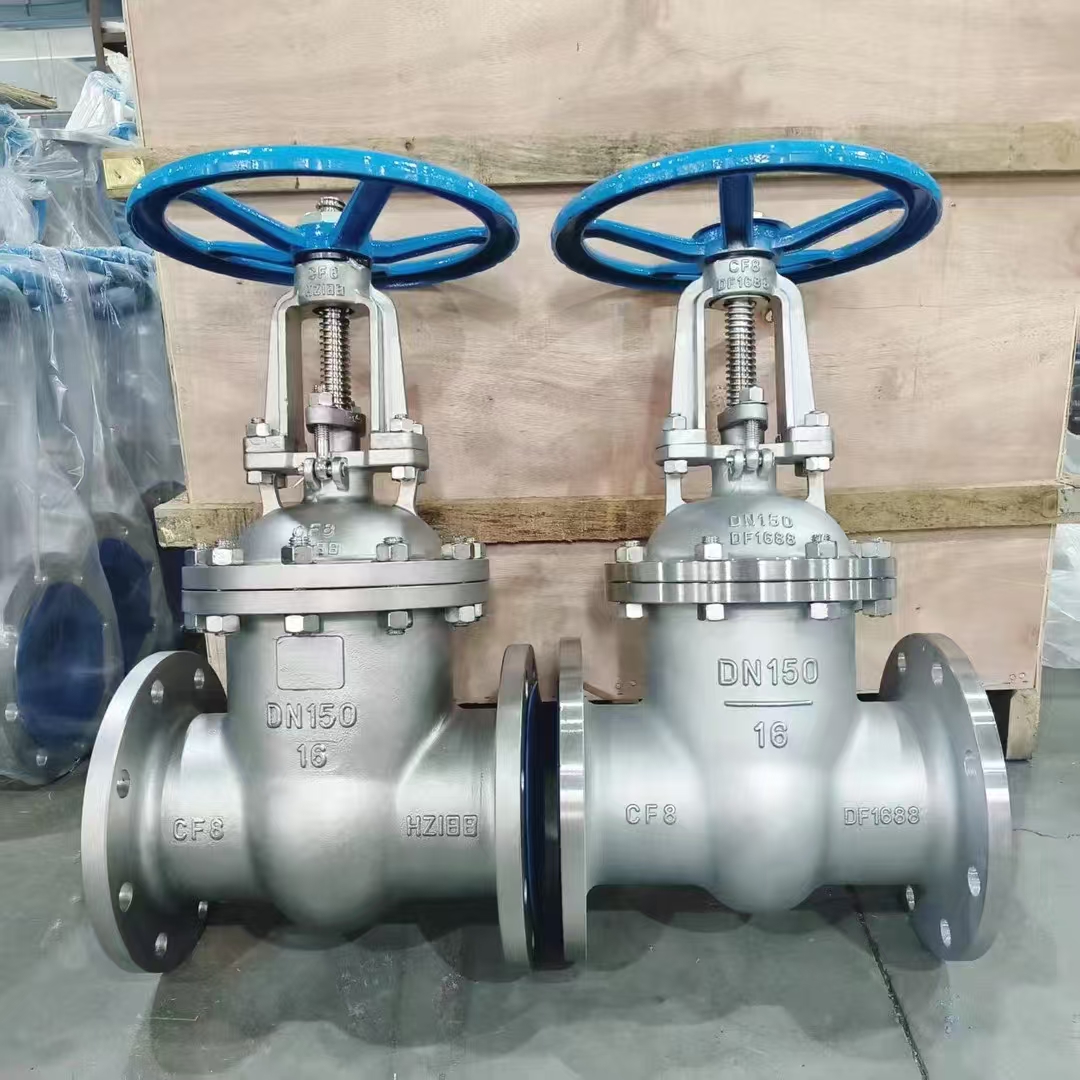1. Flange connection
Flange connection is the most commonly used connection form between valves and pipelines or equipment. It refers to a detachable connection in which flanges, gaskets and bolts are connected to each other as a combined sealing structure. Pipe flange refers to the flange used for piping in pipeline devices, and the inlet and outlet flanges of equipment used on equipment. Flange connection is easy to use and can withstand greater pressure. Flange connection can be applied to valves of various nominal sizes and nominal pressures, but there are certain restrictions on the operating temperature. Under high temperature conditions, the flange connection bolts are prone to creep and cause leakage. Generally, flange connection is recommended to be used at a temperature of ≤350℃.
2. Clamp connection
A connection form in which the valve and the two ends of the pipe are directly clamped together with bolts.
3. Welding connection
Welding connection refers to a connection form in which the valve body has a welding groove and is connected to the pipeline system by welding.
The welding connection between valve and pipeline is divided into butt welding connection (BW) and socket welding connection (SW).
Butt welding connection (BW) can be applied to various sizes, various pressures and high temperature conditions, and socket welding connection (SW) is generally applicable to valves ≤DN50
4. Threaded connection
This is a simple connection method, often used for small valves.
5. Ferrule connection
The working principle of ferrule connection is that when the nut is tightened, the ferrule is subjected to pressure, so that its blade bites into the outer wall of the pipe, and the outer cone surface of the ferrule is tightly fitted with the inner cone surface of the joint body under pressure, so it can reliably prevent leakage.
6. Clamp connection
This is a quick connection method, which only requires two bolts and is suitable for low-pressure valves that are frequently disassembled.
7. Internal self-tightening connection
Internal self-tightening connection is a connection form that uses medium pressure for self-tightening.








